نقد و بررسی
سیستم تست 855 SOFC ساخت کمپانی scribner امریکانام دستگاه:سیستم تست 855 SOFC
مدل دستگاه:855 SOFC
برند دستگاه: scribner
کشور سازنده:امریکا

سیستم تست 855 SOFC یک فناوری انقلابی است که در سال های اخیر مورد توجه قرار گرفته است. پیلهای سوختی اکسید جامد (SOFC) نوعی پیل سوختی هستند که میتوانند انرژی شیمیایی را به انرژی الکتریکی تبدیل کنند. سیستم تست 855 SOFC برای تجزیه و تحلیل و ارزیابی عملکرد این پیل های سوختی در یک محیط کنترل شده طراحی شده است. این مقاله مولفه ها و ویژگی های کلیدی سیستم تست 855 SOFC و همچنین کاربردها و مزایای بالقوه آن را بررسی می کند.
مشخصات و ویژگی های سیستم تست 855 SOFC ساخت کمپانی scribner امریکا:
یکی از اجزای اصلی سیستم تست 855 SOFC پشته سلی است. این پشته از چندین پیل سوختی اکسید جامد تشکیل شده است که به صورت سری به هم متصل شده اند. هر پیل سوختی مجزا شامل یک آند، یک کاتد و یک الکترولیت است. هنگامی که سوختی مانند هیدروژن به آند وارد می شود و اکسیژن یا هوا به کاتد می رسد، یک واکنش شیمیایی در سلول سوختی رخ می دهد و الکتریسیته، گرما و آب را به عنوان محصولات جانبی تولید می کند. پشته سلی در سیستم تست 855 SOFC امکان آزمایش و تجزیه و تحلیل همزمان چندین پیل سوختی را فراهم می کند و داده های ارزشمندی را برای بهینه سازی عملکرد و کارایی در اختیار محققان قرار می دهد.
یکی دیگر از ویژگی های مهم سیستم تست 855 SOFC توانایی آن در کنترل و نظارت بر شرایط عملیاتی است. این شامل تنظیم دما، فشار، نرخ جریان و ترکیبات گاز است. با کنترل دقیق این پارامترها، محققان میتوانند تأثیر شرایط عملیاتی مختلف بر عملکرد پیلهای سوختی را بررسی کرده و محدوده عملکرد بهینه را شناسایی کنند. سیستم تست همچنین شامل ابزارهای تشخیصی پیشرفته برای اندازه گیری و تجزیه و تحلیل پارامترهای کلیدی مانند ولتاژ سل، جریان و توان خروجی است. این اندازهگیریها محققان را قادر میسازد تا کارایی و قابلیت اطمینان پیلهای سوختی را تحت سناریوهای مختلف آزمایش ارزیابی کنند.
سیستم تست 855 SOFC کاربردهای مختلفی در بخش های مختلف دارد. یکی از کاربردهای بالقوه در زمینه انرژی های تجدیدپذیر است. SOFC ها پتانسیل تبدیل شدن به یک منبع انرژی پاک و کارآمد را دارند، به ویژه زمانی که سوخت آن توسط هیدروژن تولید شده از منابع تجدیدپذیر مانند انرژی باد یا خورشیدی تامین شود. سیستم تست 855 می تواند به محققان کمک کند تا درک کنند که چگونه می توانند عملکرد و دوام SOFC ها را بهبود بخشند و آنها را برای تولید انرژی در مقیاس بزرگ مفیدتر می کند. علاوه بر این، سیستم تست میتواند به توسعه سیستمهای SOFC قابل حمل برای کاربردهایی مانند تامین انرژی وسایل نقلیه الکتریکی کمک کند.
یکی دیگر از کاربردهای سیستم تست SOFC 855 در زمینه ذخیره سازی انرژی است. از سل های سوختی می توان برای تبدیل برق مازاد تولید شده از منابع تجدیدپذیر به هیدروژن استفاده کرد، که سپس می توان آن را ذخیره کرد و زمانی که تقاضای انرژی از عرضه بیشتر شد، استفاده کرد. سیستم تست 855 را می توان برای مطالعه کارایی و قابلیت اطمینان تولید هیدروژن از طریق SOFC ها و همچنین عملکرد کلی سل های سوختی در هنگام استفاده برای اهداف ذخیره سازی انرژی مورد استفاده قرار داد.
در نتیجه، سیستم تست 855 SOFC یک فناوری پیشرفته است که امکان تجزیه و تحلیل و ارزیابی جامع سل های سوختی اکسید جامد را فراهم می کند. ویژگی های کلیدی آن مانند پشته سلی و کنترل دقیق شرایط عملیاتی، آن را به ابزاری ارزشمند برای محققان و مهندسان در زمینه های مختلف تبدیل کرده است. کاربردهای بالقوه سیستم تست 855 از تولید انرژی تجدیدپذیر تا راه حل های ذخیره انرژی را شامل می شود. با ادامه پیشرفت تحقیقات در زمینه سل های سوختی، سیستم تست 855 SOFC نقش مهمی در سرعت بخشیدن به پیشرفت ها و اطمینان از پذیرش گسترده این فناوری امیدوار کننده ایفا خواهد کرد.
جهت دانلود کاتالوگ سیستم تست 855 SOFC ساخت کمپانی scribner امریکا لطفا کلیک فرمایید.
جهت مشاوره قیمت ، خرید و فروش سیستم تست 855 SOFC ساخت کمپانی scribner امریکا با مشاوران واحد فروش شرکت شناسا پرتوژن با شماره ۷۵۳۱۱ – ۰۲۱ در ارتباط باشید.
855 SOFC Test System Scribner
The 855 SOFC test system is a revolutionary technology that has been gaining attention in recent years. Solid Oxide Fuel Cells (SOFCs) are a type of fuel cell that can convert chemical energy into electrical energy. The 855 SOFC test system is designed to analyze and evaluate the performance of these fuel cells in a controlled environment. This essay will explore the key components and features of the 855 SOFC test system, as well as its potential applications and benefits.
One of the main components of the 855 SOFC test system is the cell stack. This stack consists of multiple solid oxide fuel cells connected in series. Each individual fuel cell comprises an anode, a cathode, and an electrolyte. When a fuel, such as hydrogen, is fed to the anode, and oxygen or air is supplied to the cathode, a chemical reaction takes place within the fuel cell, producing electricity, heat, and water as by-products. The cell stack in the 855 SOFC test system allows for the simultaneous testing and analysis of multiple fuel cells, providing researchers with valuable data to optimize performance and efficiency.
Another important feature of the 855 SOFC test system is its ability to control and monitor operating conditions. This includes regulating temperature, pressure, flow rates, and gas compositions. By precisely controlling these parameters, researchers can investigate the impact of different operating conditions on the performance of the fuel cells and identify optimal operating ranges. The test system also includes advanced diagnostic tools to measure and analyze key parameters, such as cell voltage, current, and power output. These measurements enable researchers to evaluate the efficiency and reliability of the fuel cells under various testing scenarios.
The 855 SOFC test system has various applications across different sectors. One potential application is in the field of renewable energy. SOFCs have the potential to become a clean and efficient energy source, particularly when fueled by hydrogen produced from renewable sources, such as wind or solar power. The 855 test system can help researchers understand how to improve the performance and durability of SOFCs, making them more viable for large-scale energy production. Additionally, the test system can aid in the development of portable SOFC systems for applications like camping or powering electric vehicles.
Another application of the 855 SOFC test system is in the field of energy storage. Fuel cells can be used to convert surplus electricity generated from renewable sources into hydrogen, which can then be stored and utilized when energy demand exceeds supply. The 855 test system can be utilized to study the efficiency and reliability of hydrogen production through SOFCs, as well as the overall performance of the fuel cells when used for energy storage purposes.
In conclusion, the 855 SOFC test system is an advanced technology that allows for the comprehensive analysis and evaluation of solid oxide fuel cells. Its key features, such as the cell stack and precise control of operating conditions, make it a valuable tool for researchers and engineers in various fields. The potential applications of the 855 test system range from renewable energy production to energy storage solutions. As research in the field of fuel cells continues to progress, the 855 SOFC test system will play a crucial role in accelerating advancements and ensuring the widespread adoption of this promising technology.
| Specification: | Details |
|---|---|
| Electronic Load: | |
| Maximum Load Current: | 5/25/50 A |
| Maximum Load Power: | 100 W |
| Minimum Load Resistance: | < 2 mΩ (100 mV @ 50 A at load terminals) |
| Current Resolution: | 1 mA for 5/25/50 A |
| Current Accuracy: | 0.3 % of full scale current rating |
| Voltage Measurement and Data Acquisition: | |
| Maximum Whole Cell Voltage: | 20 V |
| Maximum Reference Electrode Voltage: | 9.999 V |
| Sense Lead Input Resistance: | > 35 kΩ |
| Voltage Resolution: | I mV |
| Voltage Accuracy: | ±3 mV ±0.3 % of reading |
| Voltage and Current Data Update Rate: | 100 Hz |
| Reactant Gas Control System: | |
| All 316 stainless steel construction of humidifiers, flow path, valves and mass flow controllers, with Swagelok® fittings | |
| Mass Flow Control: | Anode up to 1 SLPM and cathode up to 3 SLPM*. Software controlled mass flow controllers. Automatic N2 purge valves on anode and cathode |
| Alarm Inputs: | Gas supply pressures (3), humidifier water level (1), furnace over temperature (1), and external (1) |
| Temperature Controllers: | |
| Quantity: | (3) Furnace, anode humidifier, cell temp |
| Set and Report Accuracy: | ±0.25 % of span, ±1 least significant digit |
| Sensor Type: | Thermocouple, type K (R/S also available) |
| Temperature Limit Controller: | (1) Furnace over-temp |
| Humidifier: | Anode only, sparger-type, single passivated 316L W heaters per bottle |
| Temperature Range: | Ambient to 99 ° C |
| Automated humidifier bypass | |
| Environment: | |
| Operating Temperature: | 0 – 40 °C |
| Power Source: | 120 V, 50/60 Hz, 900 W |
| Enclosure Type: | Single bench top enclosure |
| Size and Weight: | 18” H x 11” W x 19” D, 50 lb |
| 46 cm x 28 cm x 48 cm, 23 kg | |
| Safety Features: | Automatic shutdown and N2, purge with under voltage, over-current, over-temperature, loss of reactant or purge gas pressure, furnace over-temperature limit, communications failure or external alarm. manual emergency stop switch included for manual shutdown by operator. |
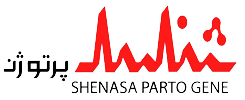
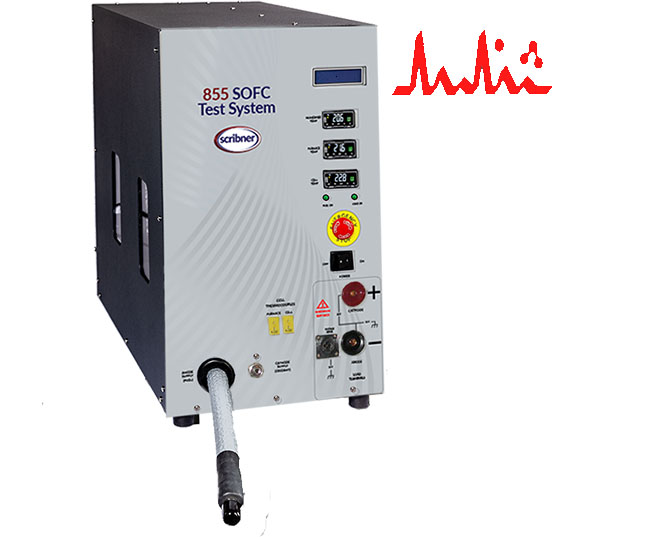

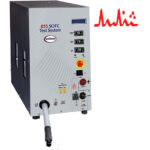

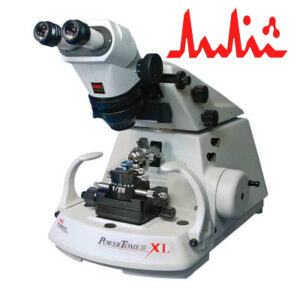
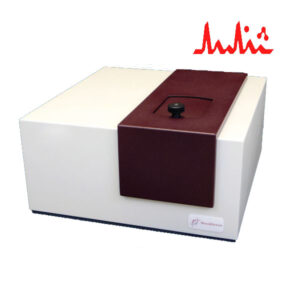
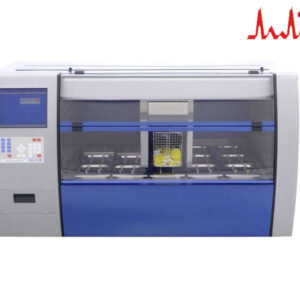

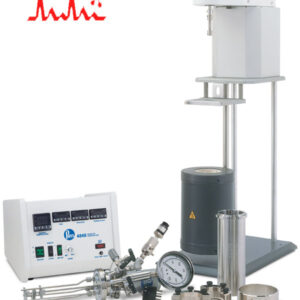

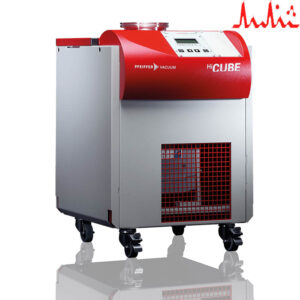
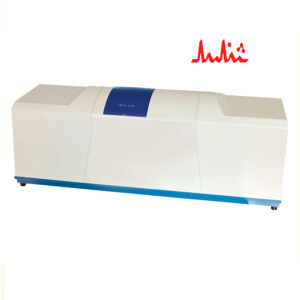
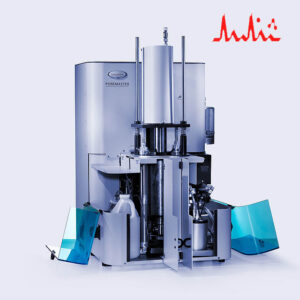
0دیدگاه